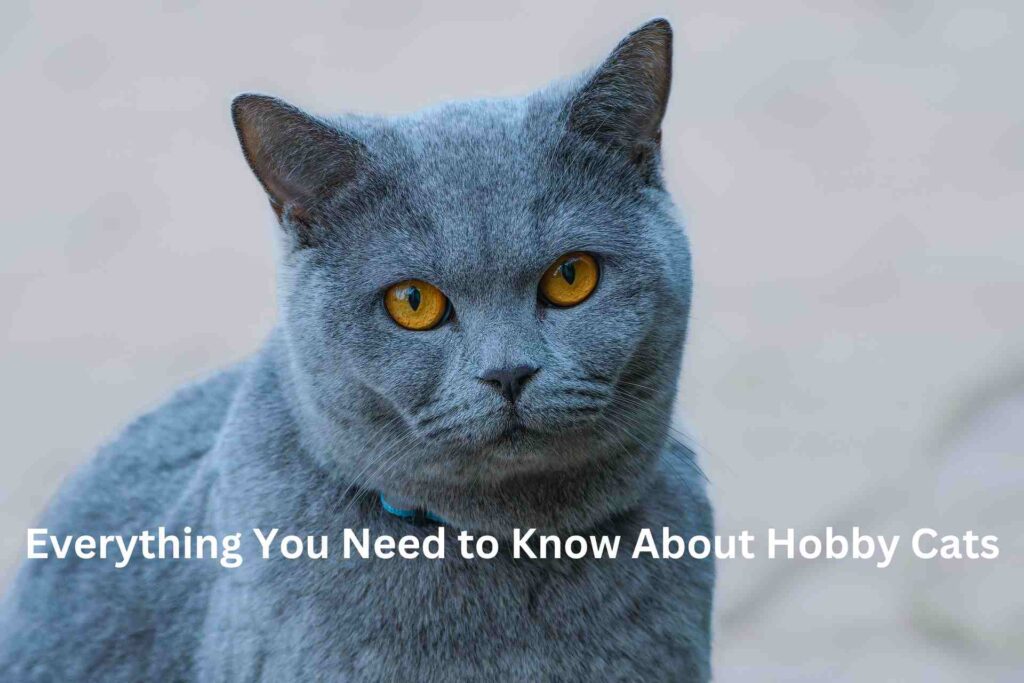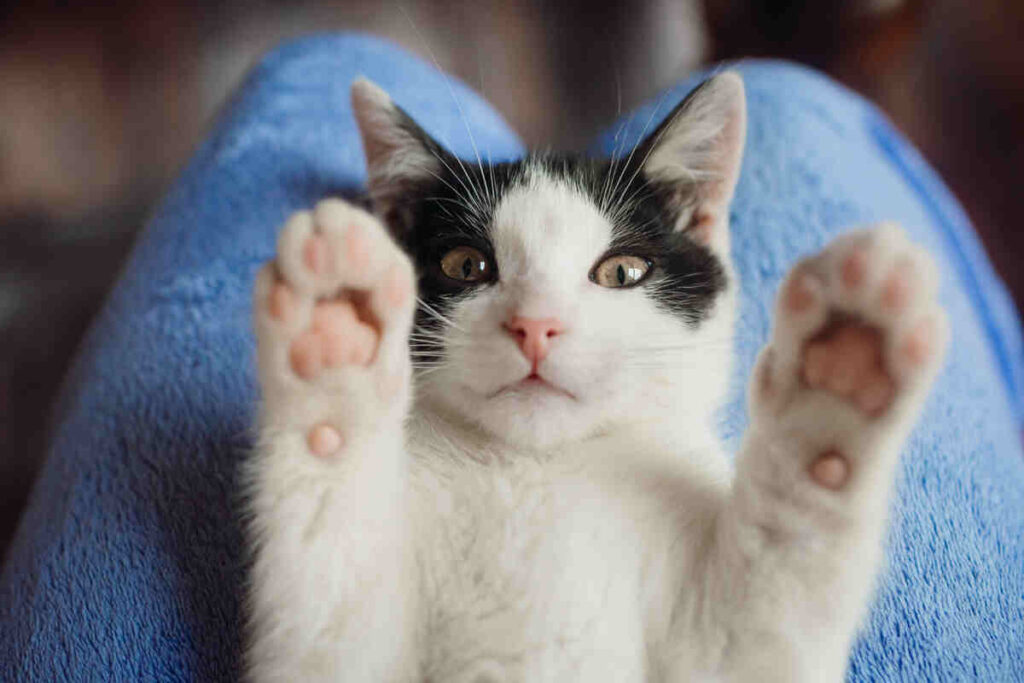
The European Main CoonHuge and glorious, the European Maine Coon is one of the most desirable breeds available with its magnificent size, rich coat, and affectionate nature. Although it is one of the oldest and best-loved cat breeds, that’s not true even in Europe where Maine Coon Cats first came from. In this article, you will discover how the Maine Coon cat breed originated and developed from a domesticated species to what we know it today.
1. European Maine Coon: History & Origins
The European and American Maine Coons have the same beginnings. This breed comes from the northeastern United States, in Maine (they were farm cats ). The Maine Coon is believed to have developed from long-haired cats that lived aboard ships when sailors were common in the ports of Maine, interbreeding with local short-hair breeds.
In Europe, this moved all along with slight physical changes since European countries preferred a different look to acceptable recognition. The European Maine Coon has a unique appearance and characteristics from its American counterpart.
2. Physical Characteristics
The European Maine Coons are most appreciated for their size; large build, and thick water-repellent coat. Their robust musculature suits colder climes, which explains their European appeal.
Size:
This breed is one of the largest domestic cats and we all know that a regular Maine Coon can be quite unusually larger or just shorter due to nature. Males weigh between 13 to 18 pounds with females weighing slightly less, coming in at around the low teens (8-12) pounds. That said, some males have been recorded at over 20 pounds.
Coat
A trademark for this breed is the coat of fur. The European Maine Coon has a thick, long, and silky coat, which tends to be bushy along with the tail and neck ruff. They have different shades and patterns; they are mostly in solid, tabby, or tortoiseshells.
Head Shape:
European Maine Coon has a unique head shape which is slightly different than the American Maine Coon. A slightly more oval-shaped face with a longer nose and less-curled back ears, fewer overall ear furnishings but larger lynx tips affording inquisitive resemblance.
Eyes:
They have big, expressive eyes which are usually green or gold making them even more beautiful.
3. Personality and Temperament
However, as large as they are the European Maine Coons do prove that big cats can be gentle giants. Chachapoyas are famous for their friendly and sociable behavior. Described as cuddly, loving pets This breed is not just amiable but highly intelligent. They are adept cats are people-oriented it will stay close to their owner’s side.
Behaviour / Social:
European Maine Coons crave interaction with their human families. A breed that will soon become an important part of a family, they like people and love to go around the house with their owner. They aren’t ones to sit on your lap, they do like to be around you though.
Adaptability:
These cats adapt well to a variety of living conditions. The European Maine Coon fits in both — a house with a garden, and an apartment. Nevertheless, they do value some time to wander around and frolic.
A Senior Showman:
This is an intelligent and playful breed; they are called dog cats because of their ability to fetch, be leash trained with a harness for walks in the city or countryside, or even open doors. Let them play with things like interactive toys or puzzles that can get their minds working.

4. Care and Maintenance
Having a European Maine Coon means taking responsibility for their grooming, dietary and health requirements. To keep these large cats happy and healthy, here is your guide:
European Maine Coons have lovely, thick long fur that does need regular grooming to keep it from matting and tangling. Brush your cat’s fur (minimum of three times a week) Concentrate on matted-prone areas such as the belly, armpits, and tail.
Diet:
As a larger breed, the European Maine Coon will require a high-energy diet that helps them to grow and keep up with their busy day-to-day lives. Need enough doses of proteins, fats, and carbohydrates in their diet that compose quality cat food. Watch out for overfeeding as these cats tend to put on weight quickly.
Activity Level:
The European Maine Coons are very active, and playful cats. Give them lots of toys, climb trees, and provide stimuli that will get you to be more active. This regular exercise helps maintain their muscle mass and prevent obesity.
Health:
Every breed out there has some health matters to be concerned about and the European Maine Coon is not different. These include:
Hypertrophic Cardiomyopathy (HCM):
Heart disease is a problem in Maine Coons. It is recommended to attend regular veterinary checkups and screening for HCM.
Hip Dysplasia:
This is a common condition in which the hip ball and joint do not come together correctly; this can lead to arthritis, pain & limping. Staying a healthy weight and starting on joint supplements early may prevent this.
Spinal Muscular Atrophy (SMA):
Some Maine Coons are carriers of the gene that causes SMA, a deficiency in their muscle development. This condition is identifiable through genetic testing for carriers.
5. European Versus American Maine Coons
European and American Maine Coons, although both belong to the same breed but with a significant difference between them. These differences are mostly due to variations in breeding preferences and standards between those occurring on the European continent versus here stateside.
Appearance:
European Maine Coons tend to have more pronounced, angular features. They also have a longer, narrower head with bigger ears and more definitive lynx tips. However, American Maine Coons have a fuller face with smaller ears and softer facial characteristics.
Size:
The Maine Coon and the European typically are both large cats, but Adidas believed that those from Europe have a sturdier bone structure with more muscle. This can make them look a tad bigger than their American counterparts.
Texture of Coat:
The European Maine Coon carries a longer, denser, and somewhat tough coat than the American version which has silkily covered fur.
Breeding Standards:
European breeders have different breeding standards and are more focused on preserving the wild appearance of this gentle giant thus many European Maine Coon Cats, although lots can echo that feral look too, resemble their moggie cousins rather than retaining the American Shorthair anymore.

6. What to Expect with a European Maine Coon
Maine coons do well with families, singles, or other animals in the home. Unlike some other exotics, they are very friendly and easygoing beasts. The dog is being described in this post, and before you bring one into your home weigh these factors:
Space Needs:
They can do well in small spaces, but close quarters may or may not be ideal for a big European Maine Coon. If you have some that like to climb and perch on high consider having tall cat trees or shelves
Socialization:
These cats are sociable animals and do not like to be left alone for long periods. Provide them with another cat or animal to keep then company — especially useful if you have a demanding schedule.
Purchasing:
The European Maine Coon is a very valuable breed and acquiring one of these cats will not come cheap. What’s more, small breeds can cost a fortune in top-of-the-line food and frequent vet visits and grooming supplies.
Exercise and Education:
European Maine Coons are smart cats that need a challenge. Gift them toys, scratching posts and even train tricks to keep their brain ticking.
Conclusion
The European Maine Coon is a gorgeous, intelligent and friendly breed worthy of its status as one the most sought after pets in all around. Brew Brew can be a sweet pet if properly groomed and taken care of just like any other gentle giant. You may be attracted to their incredible look, you might just love them for the way they are as a pet or literally want to have fun with one around your house. This European Maine Coon is going to win over your heart anyhow!
FAQs
They lived for 12-15 years normally naturally European Maine Coons and with a little care, somehow can put in extra points.
European Maine Coons are gentle and friendly which is why they make a great with children.
Yes as they have a thick coat, so keep regular grooming in check else it will mat and tangle.




